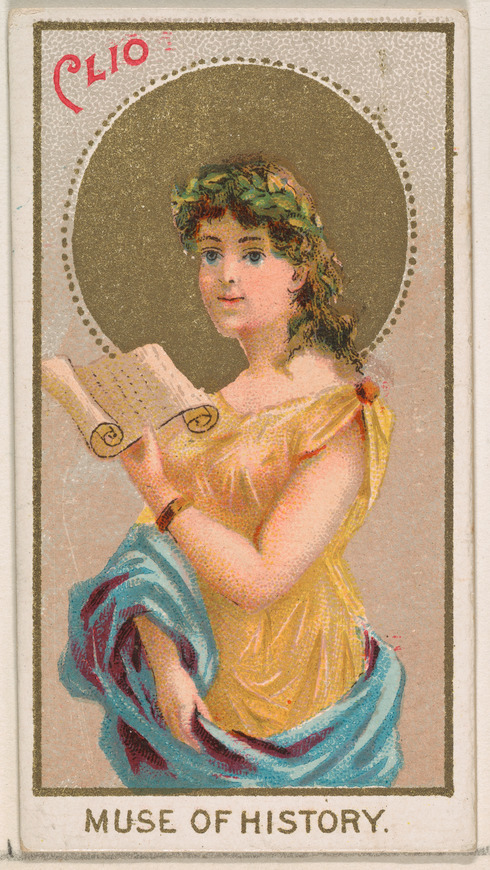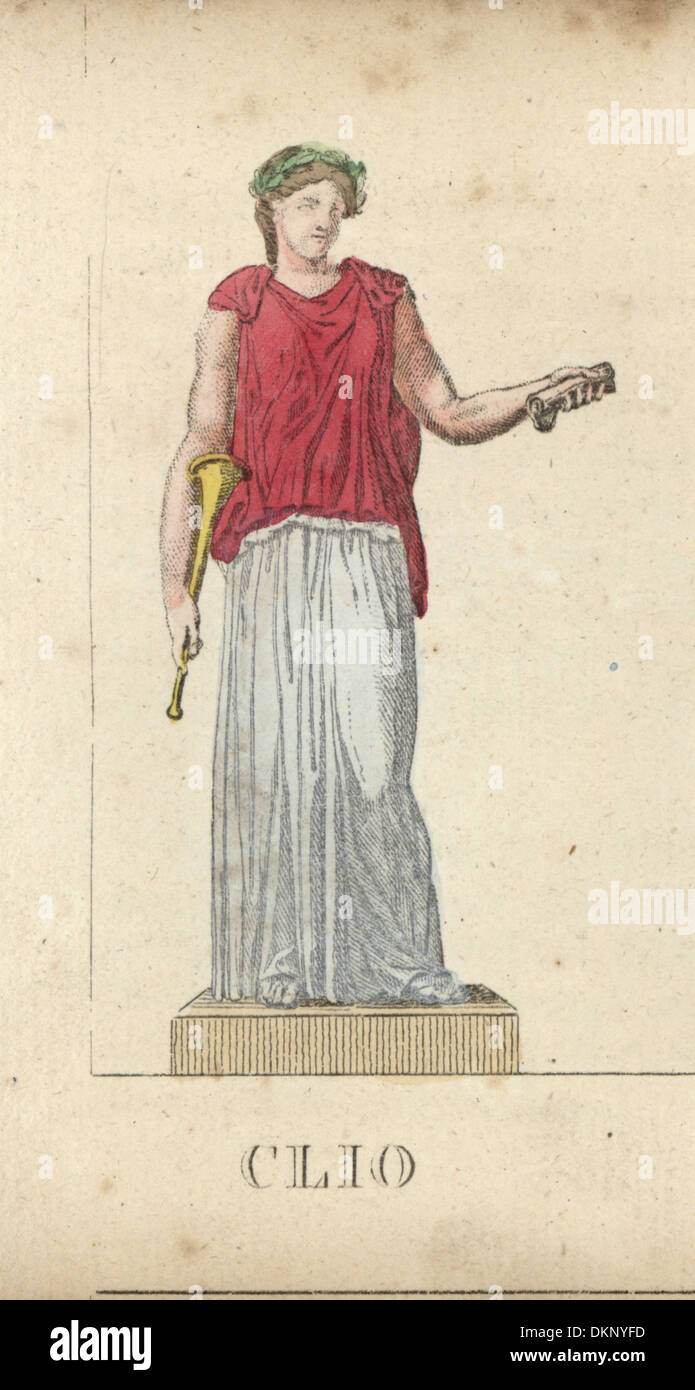

Angry Boreas started blowing her petals, which made them fade prematurely. However, Anemone wasn't interested in him. But another god of wind, Boreas, fell in love with her even though she was just a flower now. After that, Zephyr lost interest in Anemone. She was so angry that she decided to turn once a pretty nymph into a flower. Zephyr, one of the wind gods, fell for her which made his wife Chloris furious. In another interpretation, Anemone used to be a nymph. And her tears had mixed with Adonis' blood, and this was the moment when anemones emerged. Aphrodite was lamenting over her lover's death. There is another myth associated with Adonis, and more precisely with his blood. Aphrodite gave the flower its beauty, and Dionysus gave it a sweet fragrance? Anemone She was devastated and turned her body into a rose. Once, she found the body of a lifeless nymph. And it was her blood that made these flowers red?Īccording to another tale, Chloris, the goddess of flowers, was the one to create roses.

While she was running to Adonis, she hurt her feet to roses. And the rose stayed white until the moment Aphrodite was struck by the terrible news. When the goddess came from the sea, the foam turned into a flower. According to Anacreon, a white rose appeared from that white foam, which covered Aphrodite's body. This goddess is known to be born from the sea foam. In Greek myths, rose is associated with Aphrodite, the goddess of love. Let's discover some of the most interesting Greek myths about the origins of our favorite flowers. Entertainment folklore greek-myths myths plant-legend plant-originĭid you know that in ancient myths, some pretty colorful flowers originated from… blood? The fantasy of ancient Greeks was impressive, that's for sure.


 0 kommentar(er)
0 kommentar(er)
